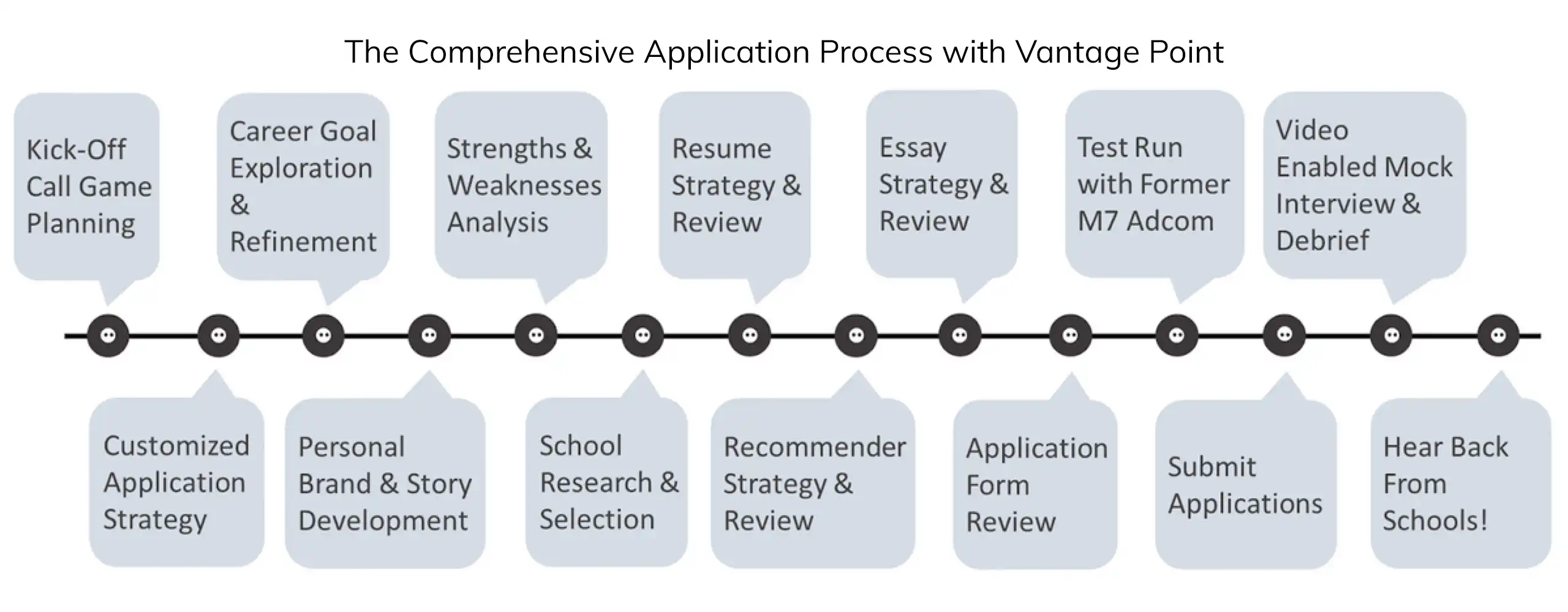Why You Should Visit The Schools Now for R1 2016 Applications

Round 1 applications aren’t due until September and October on average, so you have plenty of time, right? Not really. The window of time to visit and sit in on a classes in the fall is extremely short (see below for why sitting in on a class is the most important part!) Sometimes there are only a few weeks between classes starting and application due dates. So, if you can visit this spring, it’ll make your life easier and take one more thing off your plate.
Visiting the schools matters, and here’s why:
1. The schools care.
Many schools keep track of whether or not you visited before applying and it’s noted in your file. It’s a sign that you really are interested, have done your homework and are not just applying because of the name and rank.
For some schools this is more important than others, and of course everyone understands if you live on the other side of the country or world, but there are other reasons for visiting than just optics – visiting can help your write better essays. When you visit, and especially when you sit in on a class or presentation, you hear a lot of great “buzz words” that will signal to you some of the current focuses of the school. And if you’re lucky, sometimes the presenters will directly tell you what they are looking for in a specific year, what to do or not do, what exceptions they’ll make, and other inside info that they won’t post on their sites.
2. You should care.
I personally visited top schools where I simply decided that the culture wasn’t for me, so I decided not to apply. The opposite is true too. For example, I truly worried about whether I would like living in Chicago for two years. However, my visit to Kellogg proved me wrong, and I fell in love with the school and even the city! If you’re going to spend two years and a lot of money somewhere, make sure it’s a place that you actually like.
This is why the class visit is so important. Just about every business school is comprised of one building with classrooms, team rooms, a cafeteria and/or cafe, and lecture halls (i.e. you won’t see a lot of relative differentiation by simply taking the tour). Some buildings are perhaps more aesthetically pleasing to you than others, and of course seeing the actual location of the school and surrounding city or campus is important. Yet, the real benefit comes from talking to people and feeling the “culture”. See how the students interact with each other and the professors in class. Can you imagine yourself there?
Another great way to assess culture is to talk to the other students visiting at the same time as you. Who else is interested in this program? They may be your future classmates! The group lunches that some schools offer with current students are a great way to meet applicants and get a read on the true culture of the school. And of course info sessions, whether on or off campus, tend to provide a lot of great insights for you personally and for your essays.
If you cannot visit due to timing, costs or living far away, there are plenty of other ways to do what you can to understand the school and culture. But if you can swing it, the visits are extremely valuable both personally and for your application strength!




